As the calendar turns to January 14th each year, India rises to celebrate Makar Sankranti – a unique festival with different names but one shared emotion of delicious food. The auspicious day follows the solar calendar, marking the Sun's celestial journey into Capricorn. Unlike most festivals in India that dance with the lunar rhythm, Sankranti stands apart with its fixed date, offering travellers a perfect opportunity to plan their cultural exploration.
From the bustling streets of Jaipur, where colourful kites flutter against the winter breeze, to the serene banks of the Ganges, where devotees take holy dips, learning about the Sankranti festival offers a fascinating glimpse into India's rich cultural heritage. Whether you are savouring the warmth of til-gul (sesame and jaggery sweets) in Maharashtra or witnessing the spectacle of decorated cattle during Pongal in Tamil Nadu, each celebration of Makar Sankranti tells a story of tradition, community, and the eternal human connection with nature's cycles.
This blog has all the information about the Makar Sankranti festival: -
- History and Culture
- Regional Names and Variations
- The Famous Kite Festival – Best Viewing Spots in Jaipur
- Traditional Sankranti Foods
- Modern-day Sankranti Celebrations
- Planning your Jaipur Tour for Makar Sankranti
History and Culture
As you seek information about the Makar Sankranti festival, you will discover it’s not just a harvest celebration; it is a beautiful blend of agriculture practices, mythology and astronomy.
It is believed that on this day, Lord Vishnu defeated the demon Sankarasura, symbolising the victory of good over evil. This mythological backdrop adds a spiritual dimension to the celebrations of Makar Sankranti, as devotees engage in rituals and prayers. The day also marks the beginning of Uttarayana, six months considered auspicious for new ventures and spiritual pursuits.
For farmers across the nation, Sankranti marks the end of winter and the beginning of a promising harvest season. The scientific understanding of crop cycles merges with spiritual devotion as communities gather to honour Surya, the Sun God.
Regional Names and Variations
As you learn more about the Sankranti festival and travel across India, you will discover how one festival wears many cultural attires.
- In Tamil Nadu, down south, it’s Pongal, a 4-day celebration in which freshly harvested rice is cooked in new pots until it overflows – a mark of abundance and prosperity.
- Punjab skies in the north come alive with Lohri (a night before Sankranti) when communities gather around crackling bonfires, sharing groundnuts, popcorn and revari while singing folk songs.
- Assam in the east celebrates Magh Bihu with unique customs, like creating temporary harvest huts (called Bhelaghar) and organising community feasts.
- Sankranti celebrations in West Bengal, also known as Poush Sankranti, are famous for its Pitha - a rice-based sweet made using coconut, milk and date palm jaggery.
Each region adds its distinct flavour to the festival of Makar Sankranti. Karnataka’s sugarcane decoration, Telangana’s modern rangoli patterns, and Maharashtra’s haldi-kumkum ceremonies display how local cultures and traditions have coloured these harvest celebrations over generations.
The Famous Kite Festival
Kite Flying is perhaps the most visible and joyful aspect of the festival of Makar Sankranti. Gujarat’s International Kite Festival on Makar Sankranti draws participants from around the world to Ahmedabad, displaying kites of various shapes, sizes and designs. The ancient city of Jaipur becomes kite flyer’s heaven, and the sky becomes their canvas. Jaipur’s terraces become gathering spots for families and friends and showcase an immersive cultural experience.
Best Viewing Spots in Jaipur:
- Nahargarh Fort ramparts for panoramic views
- Old City rooftops for authentic local experience
- Amer Fort grounds for the royal backdrop
- Albert Hall Museum and Jawahar Kala Kendra surroundings for cultural immersion
For travellers exploring Rajasthan, one of the best places for Makar Sankranti celebrations, Jaipur tour packages combine kite-flying experiences with heritage walks and Rajasthani hospitality. The Pink City’s markets burst with craft and colours as kite shops display their finest collections, from simple paper kites to elaborate designs carving mythological characters.
The exhilarating kite battles are a treat to watch, where skilled kite flyers navigate their kites with precision, attempting to cut opponents’ strings using theirs. The shouts of “Kai Po Che” echo through the winter air, adding to the festive atmosphere.
Traditional Sankranti Foods
Food plays a central role in the celebration of Makar Sankranti. Each region across India has its unique culinary traditions associated with this festival.
Til-Gud Laddoos: In many states, especially Maharashtra and Rajasthan, people prepare sweets made from sesame seeds (til) and jaggery (gud).
Khichdi: In northern India, particularly in Uttar Pradesh and Bihar, khichdi – a dish made from rice and lentils – is prepared and offered to the Sun God as a gesture of gratitude for a bountiful harvest.
Pongal: In southern India, preparing the Pongal dish is a celebration in itself. The air fills with the aroma of ghee-roasted cashews, jaggery and cardamom as sweet Pongal takes shape. It is a symbol of prosperity and offered to deities.
At this time of the year, travellers must enjoy foods like Gajak, Puran Poli, Pinni, Ven Pongal, Undhiyu, and more. The festival of Makar Sankrant brings communities together, preparing and sharing traditional meals and recipes and making food as a medium of cultural exchange and celebration.
Modern-Day Celebrations
While rooted in traditions, celebrations of Makar Sankranti continue to evolve. The festivities have adapted to contemporary life as well. Urban areas organise eco-friendly kite festivals using biodegradable materials. Social media buzzes with #MakarSankranti where people share their celebrations globally, bridging distances through connections.
For travellers, it’s a perfect time to witness rooted cultures, traditions and modern celebrations of Sankranthi up close. Many food festivals and cultural events take place during this period, helping promote regional variations of Sankranti celebrations and making them accessible to new audiences.
In Rajasthan’s cities like Jaisalmer and Pushkar, visitors can experience the Desert Festival, featuring camel races, folk music performances and competitions.
Planning Your Jaipur Tour for Makar Sankranti
If you are considering experiencing Rajasthan’s Makar Sankranti, a Jaipur tour package will offer an excellent opportunity. Jaipur’s rich history, combined with its lively Sankranthi celebrations, makes it an ideal destination during this time.
When planning your Jaipur trip:
Book Accommodations Early: Given the popularity of this festival, securing your stay well in advance will ensure you have a comfortable place to enjoy the festivities.
Participate in Local Events: Join a kite flying competition, and in the evening, look for community gatherings around bonfires organised during the visit.
Savour Traditional Dishes: Don’t miss out on trying local delicacies like til-gud laddoos, pinnis, gajak and chikkis while you are there.
- Pack comfortable clothing for rooftop kite flying
- Carry a camera to capture the colourful festivities
- Learn basic kite-flying techniques beforehand
- Respect local customs and traditions
Sankranti, meaning "movement" in Sanskrit, celebrates life's eternal dance - the movement of the Sun, the cycle of harvests, and the journey of traditions through time. Yet within this movement lies the stillness of devotion, as millions pause to honour the Sun God. It's an invitation to travellers to witness this beautiful balance of motion and meditation, of ancient wisdom and modern celebration.
The celebration of Makar Sankranti perfectly captures the essence of Indian culture – diverse yet unified through shared traditions. Whether you are drawn to the spiritual ghats of Varanasi, the traditional feasts of Tamil Nadu, or Jaipur’s colourful kite festival, Makar Sankranti offers a window into India's soul. Pack your bags and embark on a journey where every destination tells a story of celebration, community, and cultural richness.






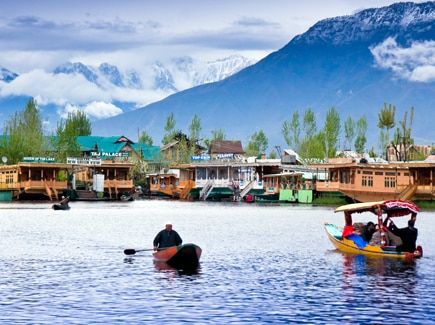
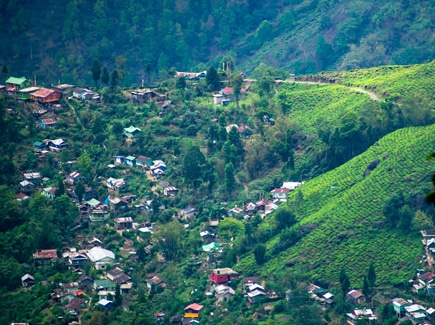
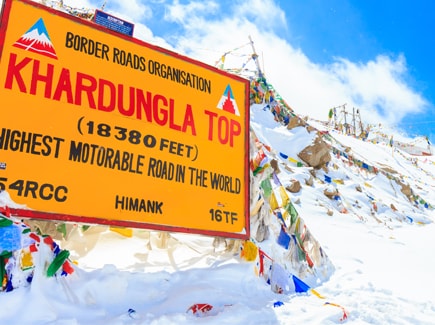

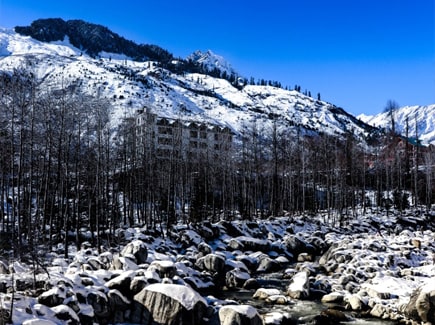
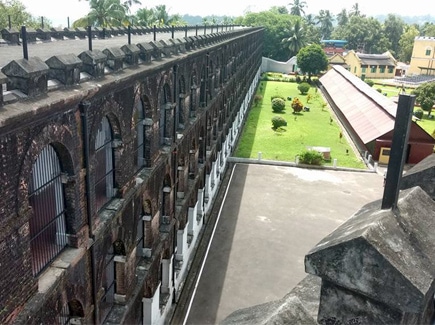
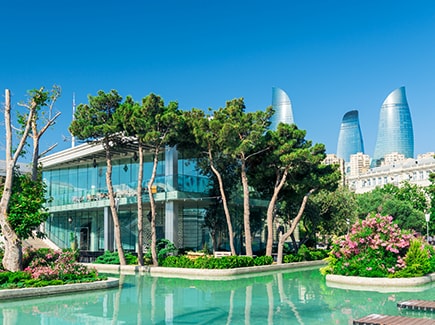

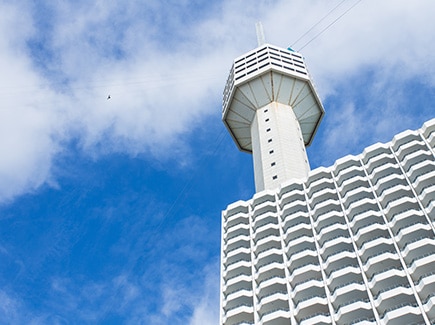

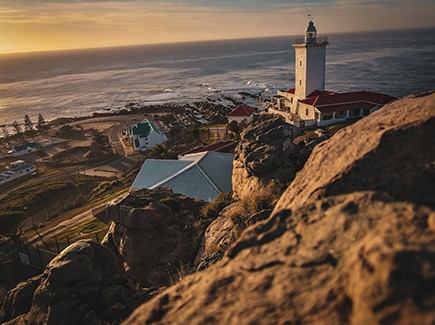

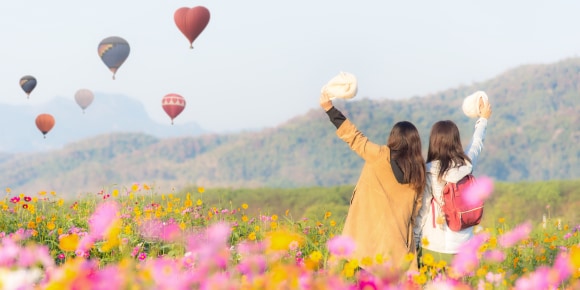












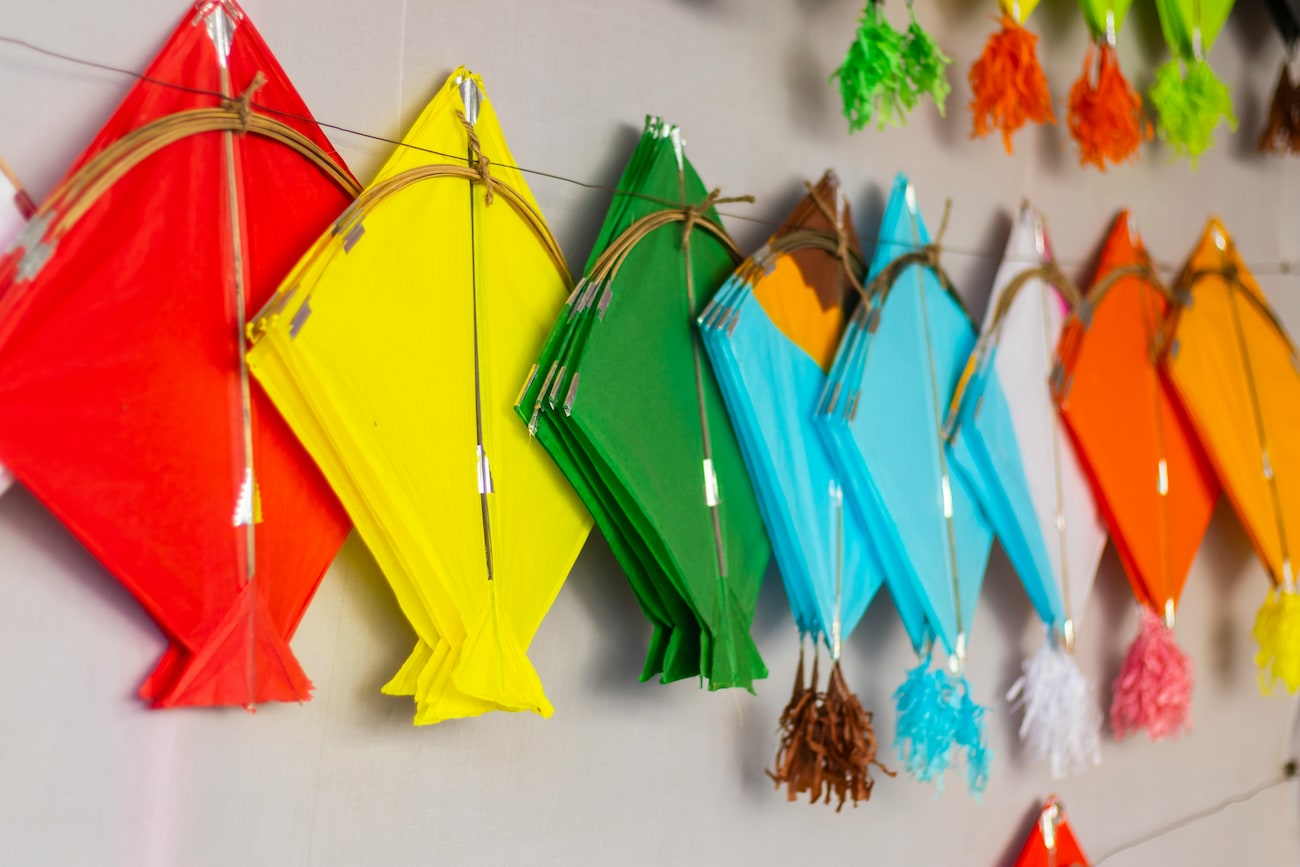









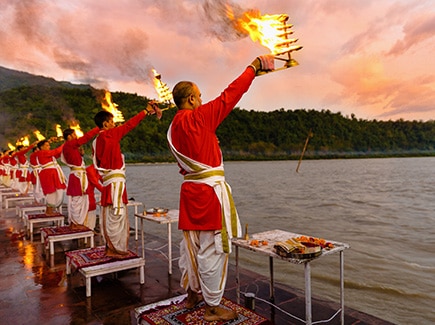
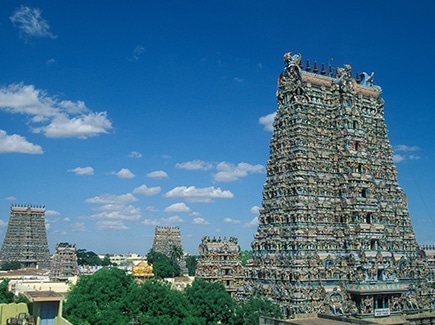














Post your Comment
Please let us know your thoughts on this story by leaving a comment.